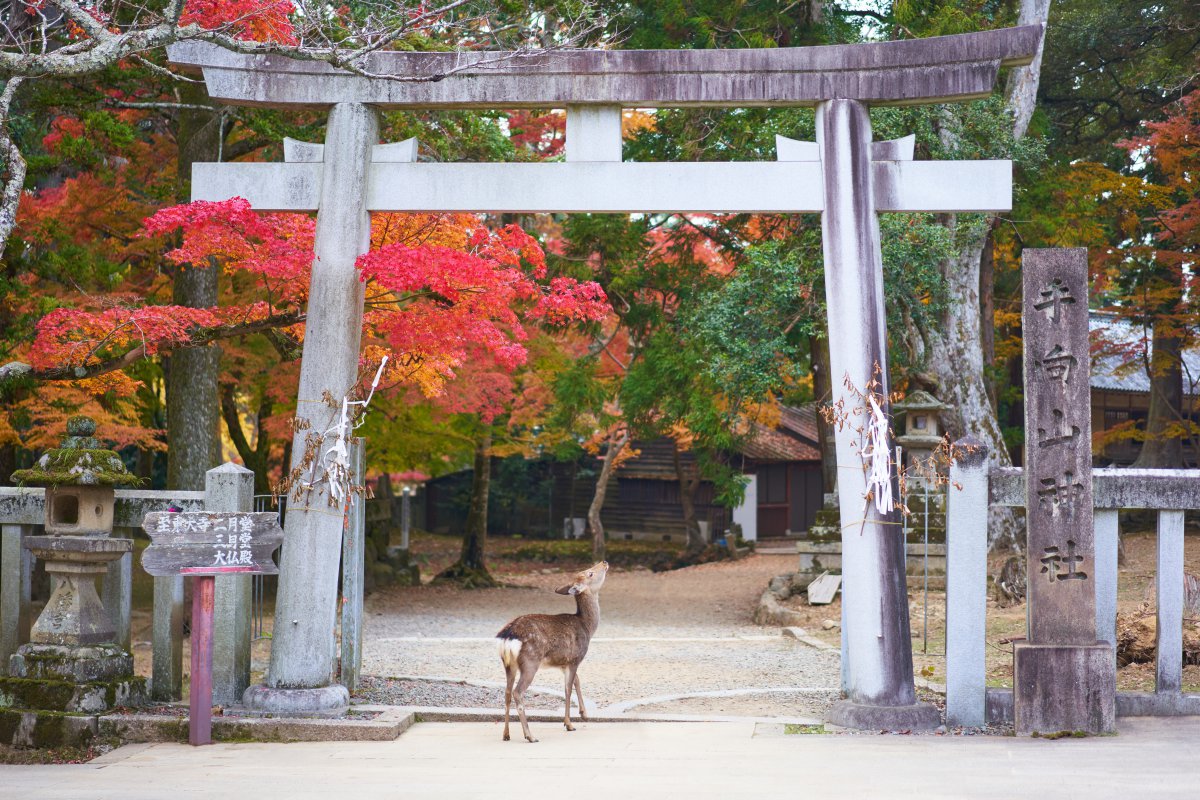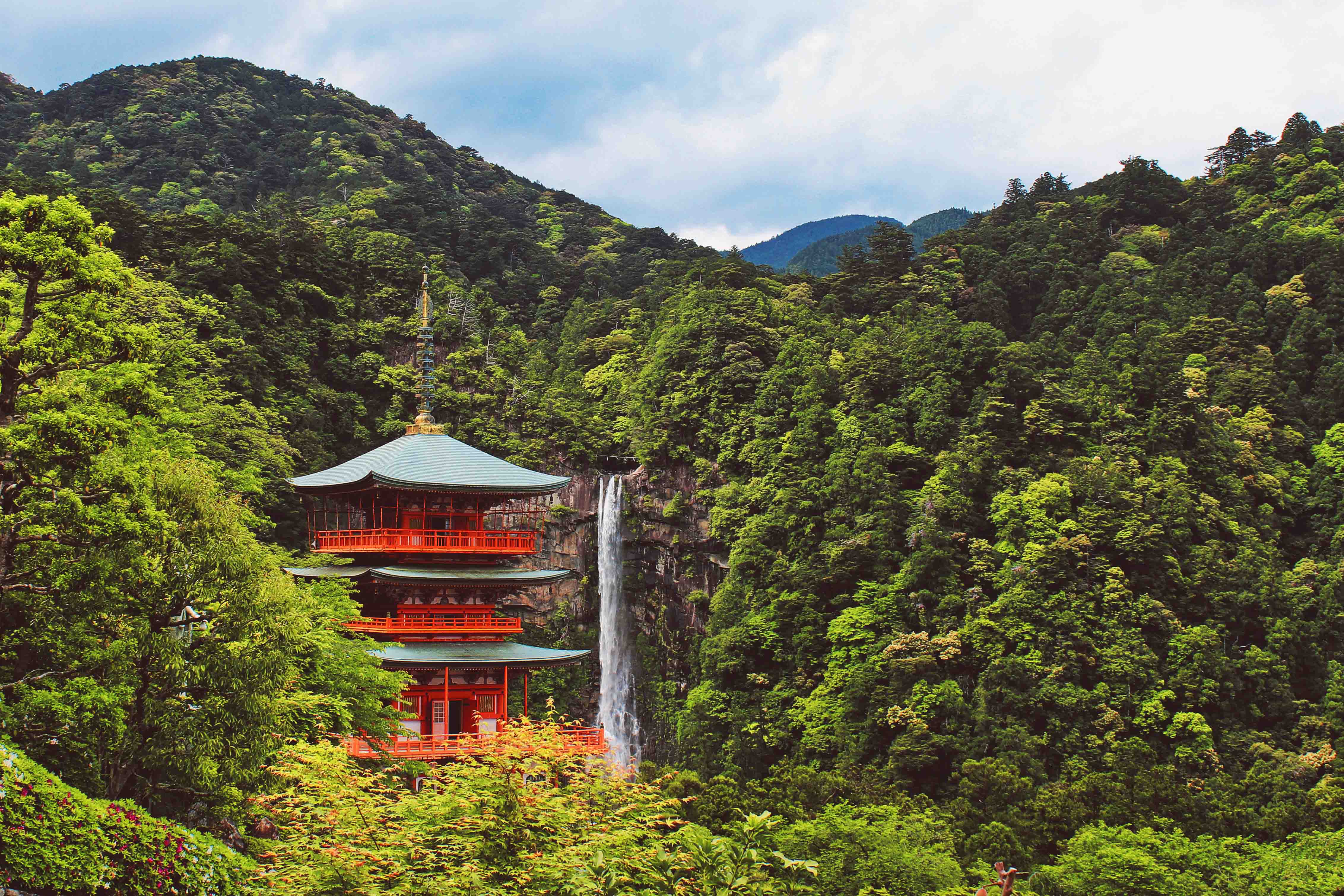Nara Prefecture is a prefecture located near Kyoto and Osaka, in the middle of the main island of Japan. It is home to many historically important temples, shrines, and other constructions and is famous for the free-roaming deer in Nara Park. Many of the early emperors built their palaces in Nara Prefecture, formerly called Yamato. Its capital, Nara City, was once called Heijo and was selected as the location of Japan’s first permanent capital in 710.
In this article, we present the best things to do in Nara.
Check out our recommended tour in Nara:

1. Nara Park
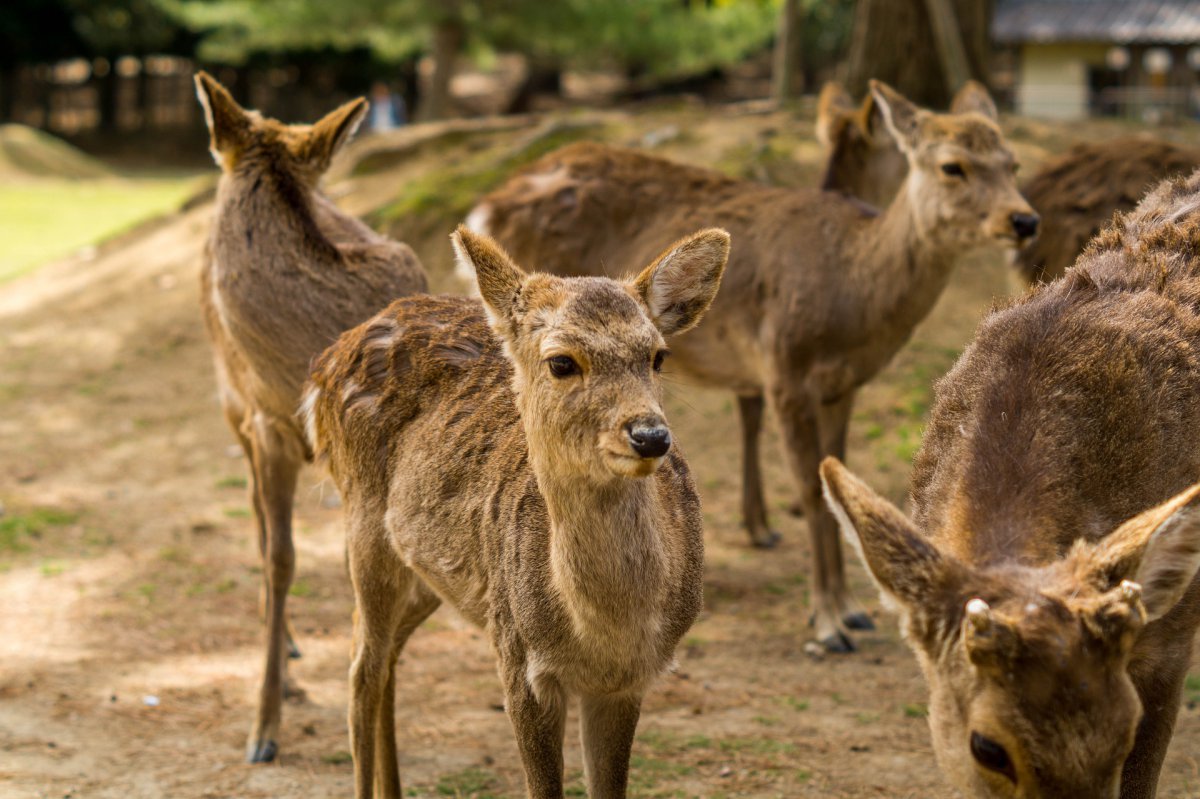
This large park is located in central Nara, close to JR Nara station. It was established in 1880 and is renowned for its free-roaming deer and world-famous temples including Todaiji Temple.
Deer is considered to be a sacred animal in Nara, and it is a symbol of the city and has even been designated as a natural treasure. It is estimated that there are more than 1,200 deer in Nara Park, and feeding the deer is an attraction in itself. You can purchase special crackers for deer which are sold all around the park. The deer in Nara Park are so used to people, and some of them have even learned to bow to you, especially if you bow your head to them first. However, they can be aggressive, so make sure not to provoke them with food!
Access
5 minute walk from Kintetsu Nara station or about 20 minute walk from JR Nara station.
2. Kasuga Taisha
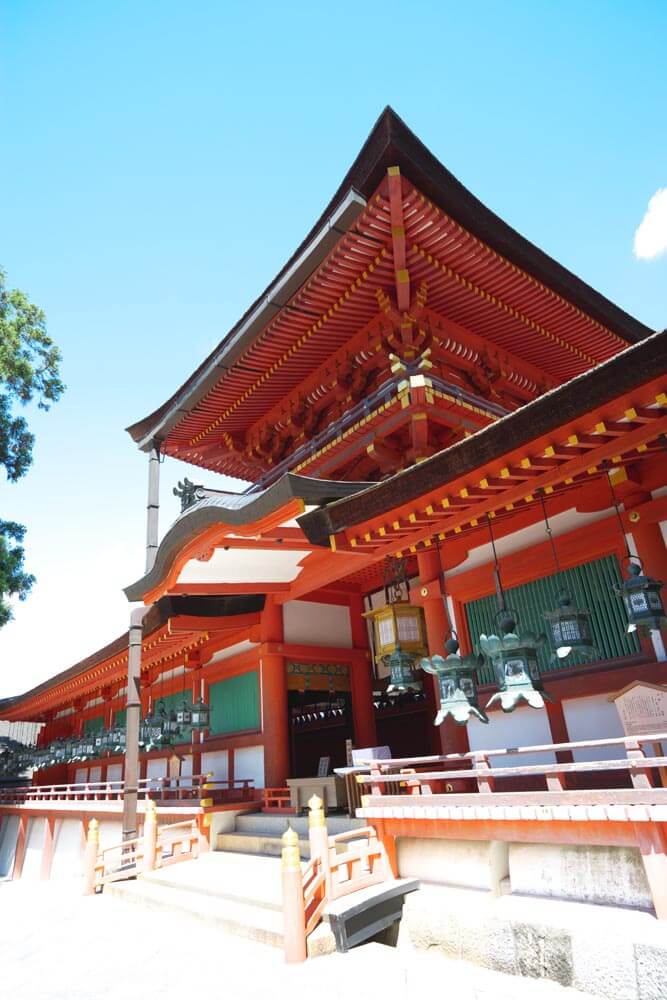
Kasuga Taisha is Nara’s most celebrated shrine. It was established at the same time as the capital set and is dedicated to the deity who protects the city. Kasuga Taisha was also the tutelary shrine of the Fujiwara, Japan’s most powerful family clan during most of the Nara and Heian Periods. Like the Ise Shrines, Kasuga Taisha had been periodically rebuilt every 20 years for many centuries, and only Ise Shrines and Kasuga Taisha did this tradition over 60 times in Japan.
Access
Take a local bus from Nara station and get off at Kasuga Taisha Honden
3. Todaiji

This temple is one of the most famous and important temples in Japan located in Nara Park. The temple complex was completed in 752 during the Nara Period, and now it is designated as a UNESCO World Heritage site.

Todaiji is especially famous for housing the Daibutsu (Great Buddha), which is 15 meters tall and one of the largest bronze statues in the country. The Daibutsu is in Todaiji’s main hall, the Daibutsuden (Big Buddha Hall). The Daibutsuden is one of the biggest wooden buildings in the world although the present reconstruction of 1692 is only two thirds of the original temple hall’s size.
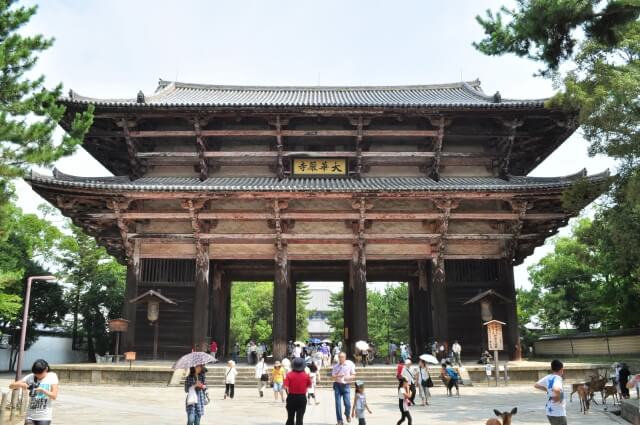
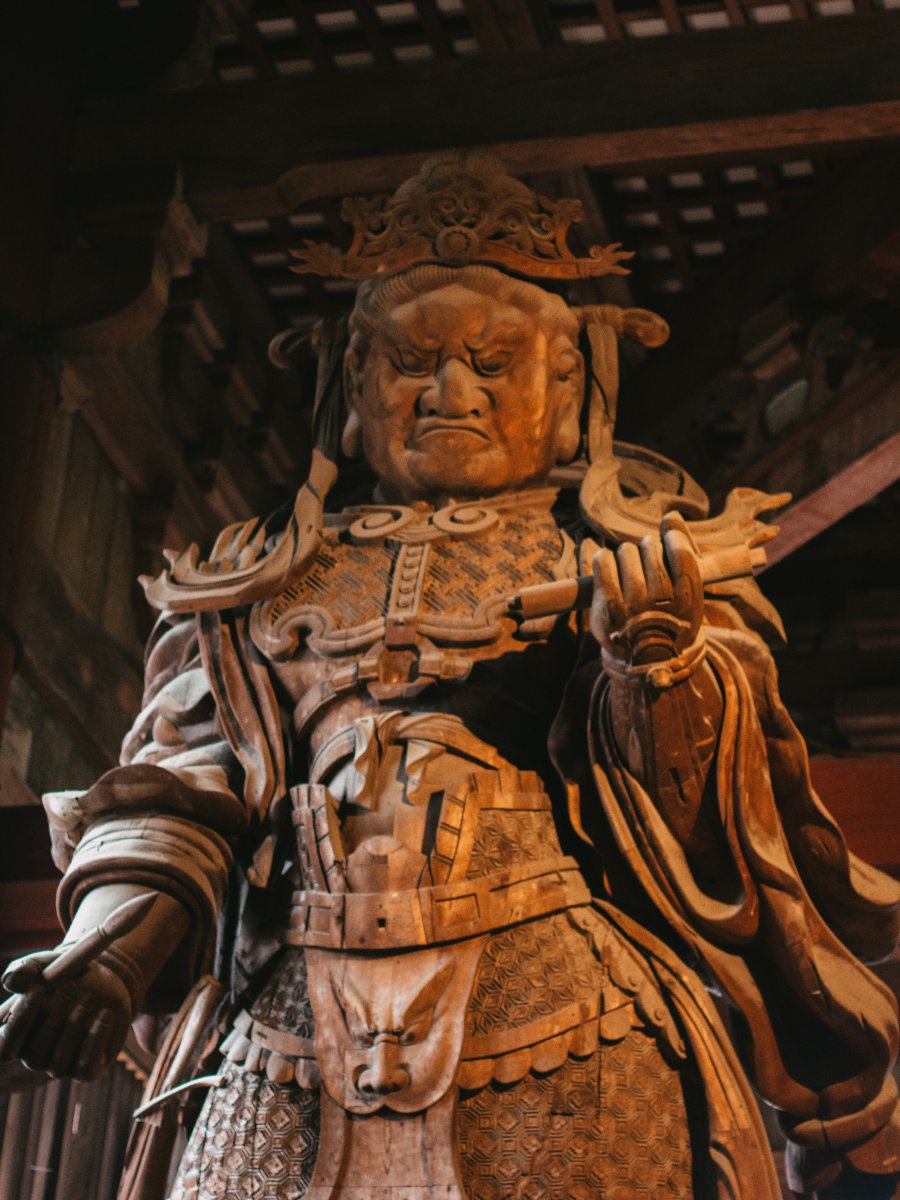
You approach the temple through a large wooden gate called Nandaimon (Great Southern Gate) where two fierce Nio figures are guarding the approach to the Daibutsu. They were created by famous sculptors Unkei and Kaikei in the 12th century.
Access
30 minute walk from Kintetsu Nara station, or 45 minute walk from JR Nara station. Alternatively, take a local bus from either station, get off at Todaiji Daibutsuden.
4. Naramachi
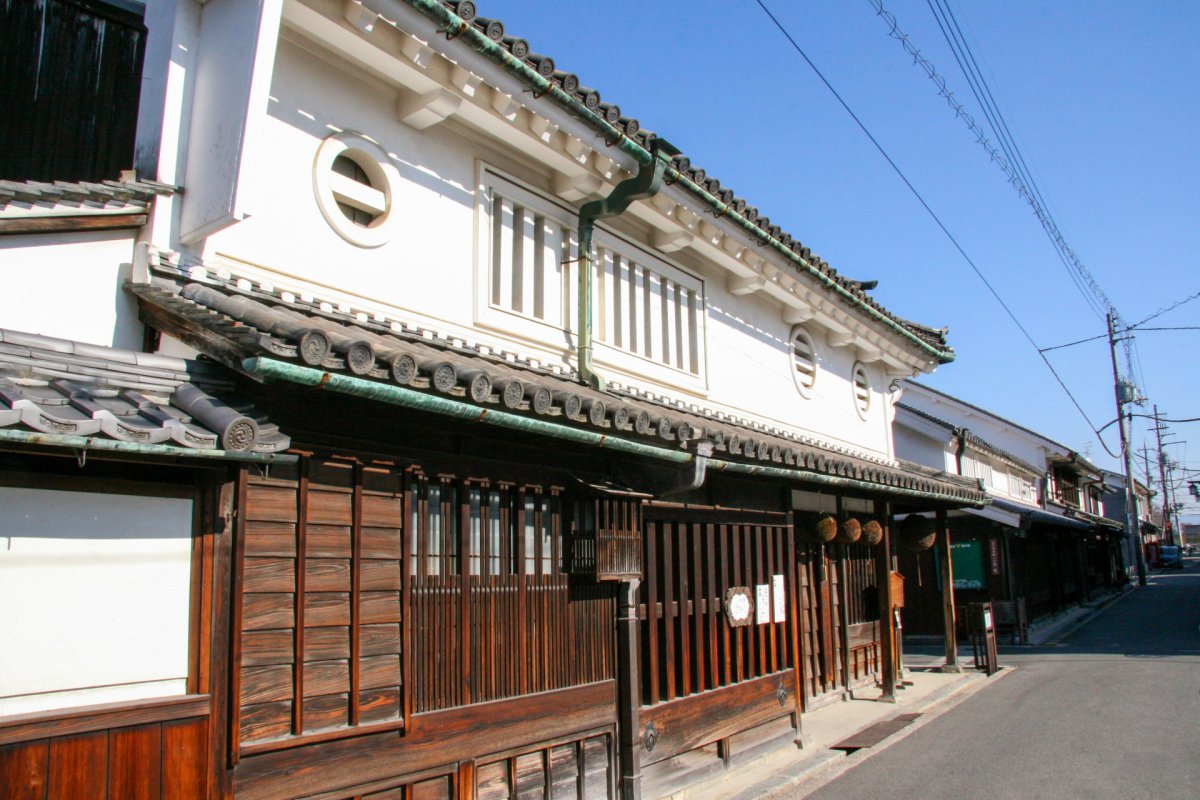
Naramachi, located to the east of Nara Park, is the former merchant district where several traditional residential buildings and warehouses are preserved from the Edo Period. Now, these buildings serve as cafes, shops, and museums.
In the heart of Naramachi is Gangoji Temple, which is Japan’s oldest Buddhist temple built around 718. Before Naramachi developed into a merchant district around the 15th century, the area where Naramachi is situated today used to be the grounds of Gangoji Temple. However, fires during the 15th and 19th centuries destroyed many of the original structures of the temple.
Access
10 to 15 minute walk to the south of Kintetsu Nara station.
5. Kofukuji


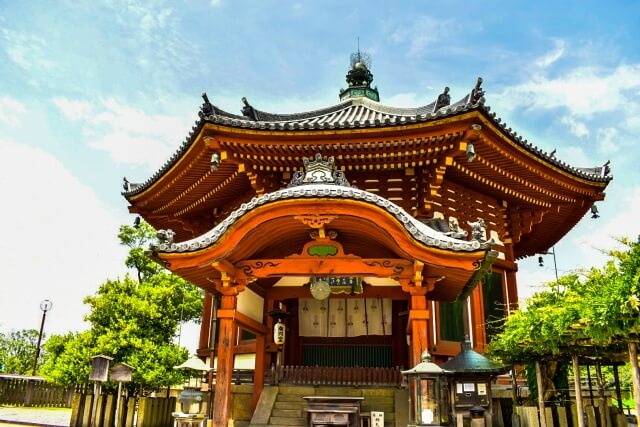
It was first built in 730 and was most recently rebuilt in 1426. Kofukuji is one of the most famous Buddhist temples since it is the head temple of the Hosso Sect of Buddhism.
You can find Five Storied Pagoda which is Japan’s second tallest, just seven meters shorter than the five-story pagoda at Kyoto’s Toji Temple, the tallest pagoda in Japan. Kofukuji’s pagoda stands as a landmark and symbol of Nara. You can also see the other beautiful architecture such as Central Golden Hall, Three Storied Pagoda, Southern Round Hall, etc.
Access
5 minutes walk from Kintetsu Nara station
6. Horyuji
This World Heritage temple complex is less than 30 minute from the Nara Park area, with easy access by train and bus. Founded in 607 by Prince Shotoku, who promoted Buddhism in Japan, Horyuji Temple is one of the country’s oldest temples.
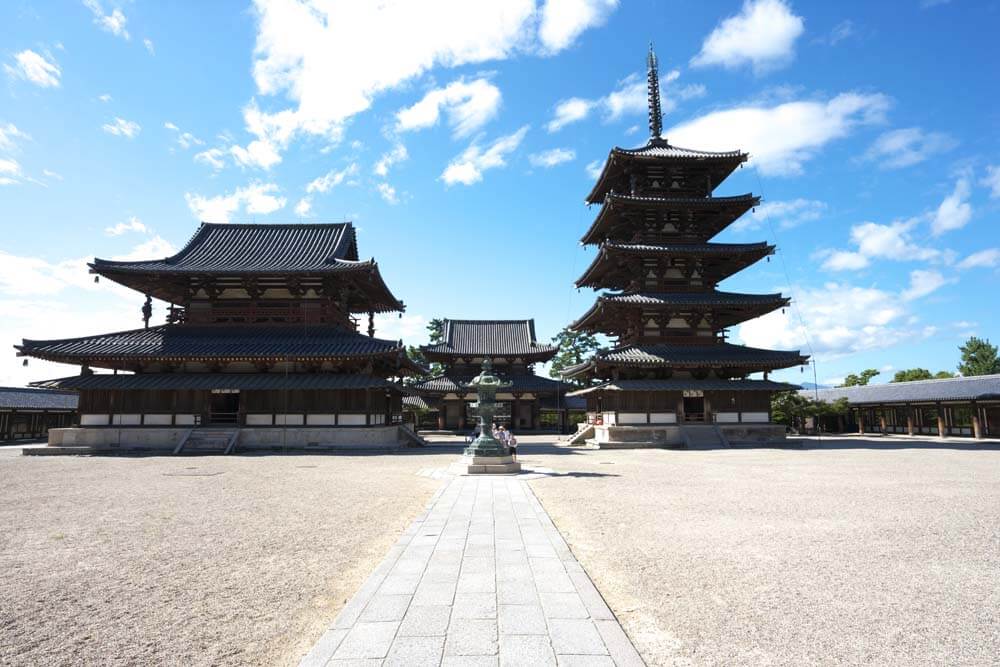
The temple grounds are separated into two main areas, the Saiin Garan (west part) and the Toin Garan (east part). In the west part, you can find the world’s oldest surviving wooden structures: Chumon (central gate), Kondo (main hall), and a five-story pagoda. They were built sometime in the Asuka Period (538-710) and have not been destroyed ever since although they have been renovated several times over the centuries.

In the east part of the temple ground stands Yumedono (Hall of Vision) which is dedicated to Prince Shotoku. You can find a life-sized statue of the prince surrounded by statues of Buddha and various monks.
Access
From JR Nara station, take Yamatoji Line to Horyuji station (about 12 minutes). Walk 20 minutes. Alternatively, from JR or Kintetsu Nara station, you can take a bus number 98 to Horyuji-mae.
7. Omiwa Shrine

Omiwa Shrine, surrounded by a thick forest at the base of Mount Miwa, is believed to be one of the oldest existing Shinto Shrine in Japan. Unlike other Shinto Shrines in Japan, Omiwa Shrine has no main hall to enshrine the deity. The deity of the shrine is believed to be the one who created Japan, Omono-nushi-no-okami, who descended into the mountain. For this reason, the whole mountain is considered to be sacred and the embodiment of the very prominent Shinto deity. People worship Mount Miwa and climb up the mountain to pray.
Access
The shrine is located at the southern end of the Yamanobe-no-michi Trail, about a ten minute walk from Miwa station. To get to Miwa station, take JR Sakurai Line from JR Nara station (about 25 minutes).
8. Kashihara Jingu
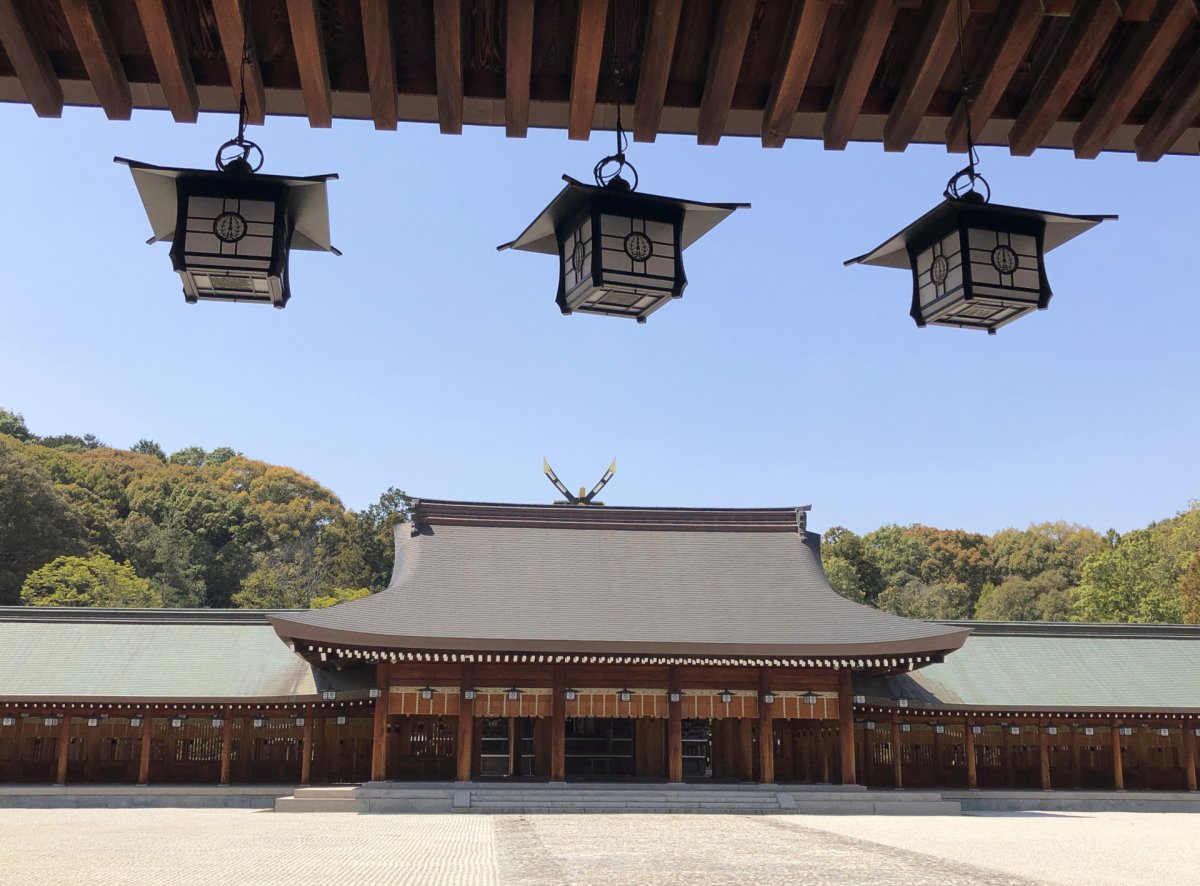
Kashihara Jingu Shrine is a large Shinto shrine located in Kashihara city on the western edge of Nara Prefecture. The area where the shrine is situated is supposedly the place where the mythical Emperor Jinmu, the first Emperor, of Japan ascended to the throne.
Kashihara Jingu Shrine was built in 1889 during the Meiji Period as the samurai class lost its power and the rule of the Imperial Family was being reinforced. The Main Hall and Kagura-den were relocated to Kashihara Jingu Shrine from the Imperial Palace (Gosho) in Kyoto and are the two most important structures at the shrine. The shrine holds major festivals in spring and autumn.
Access
From Kintetsu Nara station, take the Kintetsu Line to Kashiharajingu-mae station (40 – 50 minutes).
9. Tanize Bridge
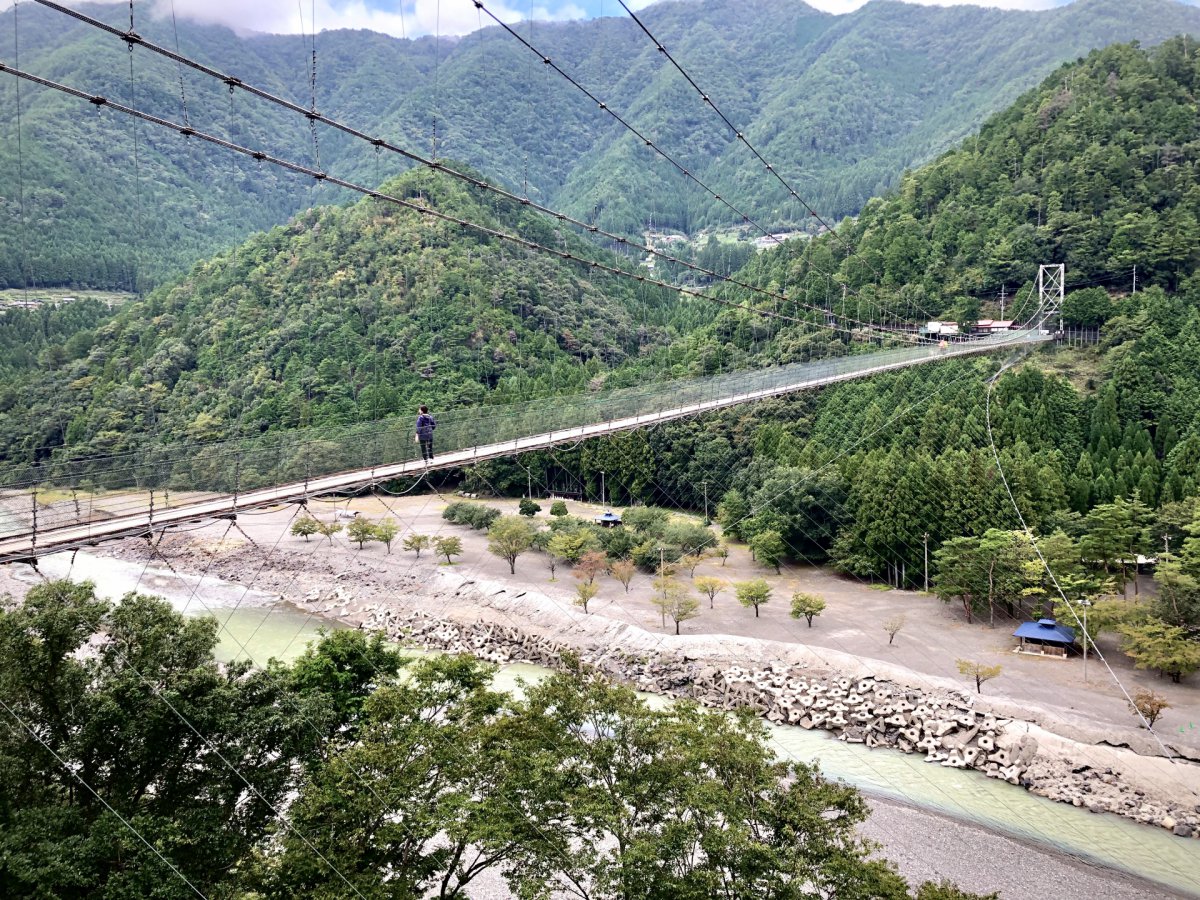
It is one of the longest suspension bridges in Japan. Built in 1954, the bridge connects the villages of Uenochi and Tanize with a total length of 297.7 meters and a height from the river surface of 54 meters.
It was originally built for the purposes of facilitating everyday life and business activities including commuting to and from workplaces and schools, and mail and package deliveries. Now it is one of the attractions in Nara Prefecture for those people who like to have a bit of thrill and enjoy the surrounding nature.
Access
From JR Nara station, take JR Sakurai Line bound for Ouji station, get off at Takada station, then take JR Wakayama Line Express bound for Gojo, get off at Gojo station (about 1.5 hours). From Gojo station, take a local bus to Uenochi Bus stop, walk about 30 min.
10. Mount Yoshino
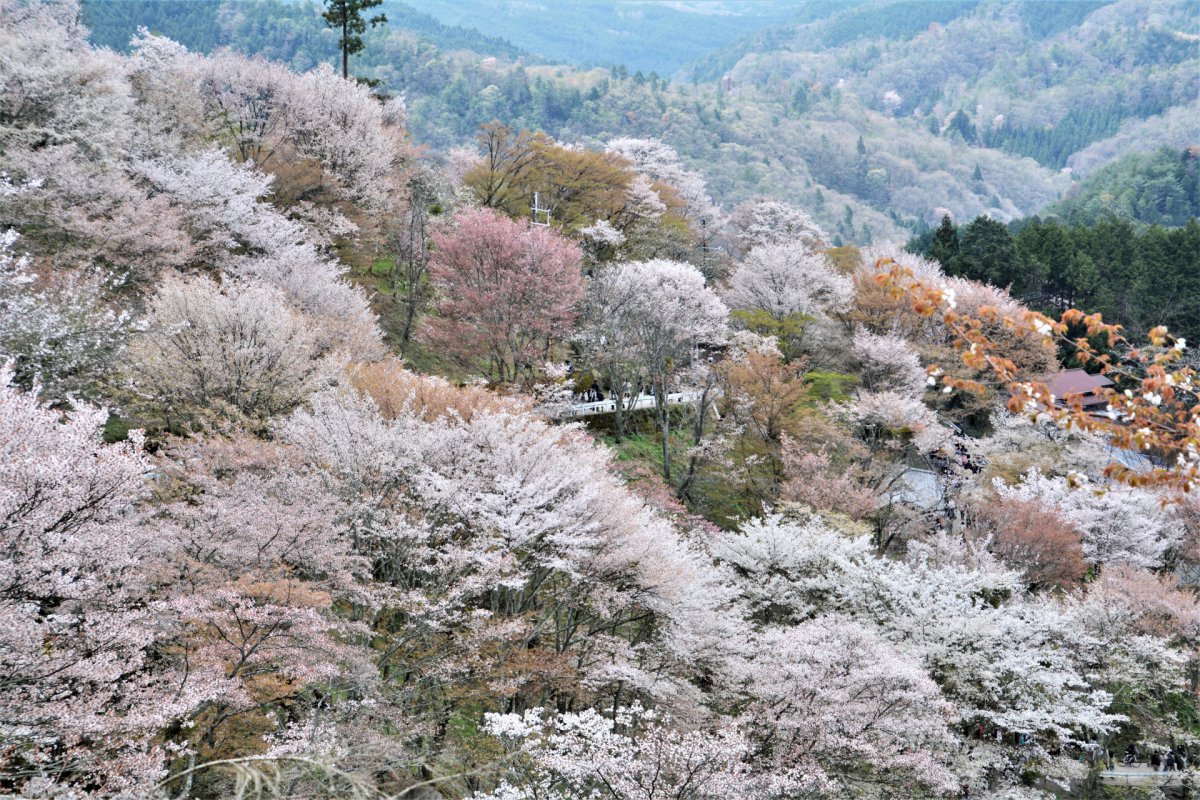
Mount Yoshino is one of the mountains in the Omine Renzan mountain range located in southern Nara. It has been the most famous spot for cherry blossoms in Japan for many centuries with approximately 30,000 cherry trees of many different varieties.
The mountain is also home to one of the most important practices for the folk tradition known as Shugendo, a syncretic mix of Buddhism and Shinto. Kinpusenji Temple plays a central role in Shugendo, and in summer, Shugendo practitioners gather at the temple before journeying over to Mount Omine.
Access
During the cherry blossom season, shuttle buses operate between Yoshino station and the Naka Senbon area near Chikurin-in Temple.
11. Muro Art Forest
This open-air museum with giant, modern installations is located in the heart of Muro Village. It was originally developed by the local sculptor Inoue Fukichi and completed by Israeli artist Dani Karavan in 2006. The theme of the museum is the harmony between nature and art. The expansive park is perfect for a walk, relaxation, and picnic, and for anyone who is interested in art!
Access
Take a bus at Muroguchi-ono station for Murou-ji, get off at the final stop. Walk for about 20 min.
12. Soni Highland

Soni Highland is a grassland covered with Japanese pampas grass. It is located in Soni Village in the northeast of Nara Prefecture and is a part of Muro-Akame Aoyama Quasi-National Park. The highland is a popular destination for hiking with relaxing hot springs. You can find easy hiking courses which are leading to the top of Mount Kuroso and enjoy the spectacular sceneries over the valley. It is especially popular in summer when the area becomes like a large fresh-green carpet from spring to summer, and in autumn when the Japanese pampas grass turns a golden color. After the hiking, you can go and relax at Okame-no-yu Onsen which has indoor and outdoor public hot spring baths.
Access
From Nabari station, take a local bus bound for Yamagasu-nishi, get off at Taroji Bus Stop. Walk for about 50 min.
13 Tsukigase Plum Valley
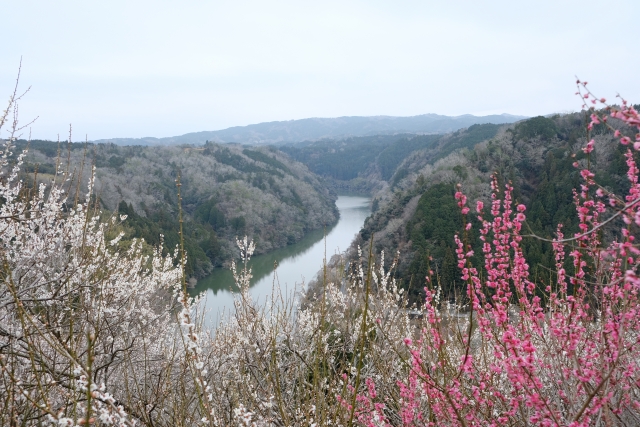
Spring in Japan is known for its beautiful blossoming flowers like sakura and plum. In Tsukigase Plum Valley you can enjoy the sweet fragrance of the beautiful plum trees in full blossom. They look quite similar to sakura and also last for a short period of time. The Tsukigase Plum Valley is home to about 10,000 plum trees and 4,000 sakura trees. The view of the trees in full blossom in combination with the natural surroundings will blow your mind. Many famous Japanese poets have written about this stunning spot because of its natural beauty. Your best option to get to plum grove is by (rental) car as the place is not really well connected to the public transportation network.
Access
It is a 30 minute bus ride from JR Tsukigaseguchi Station to Oyamaguchi. It is a 3-minute walk from there.
14. Ano Plum Grove
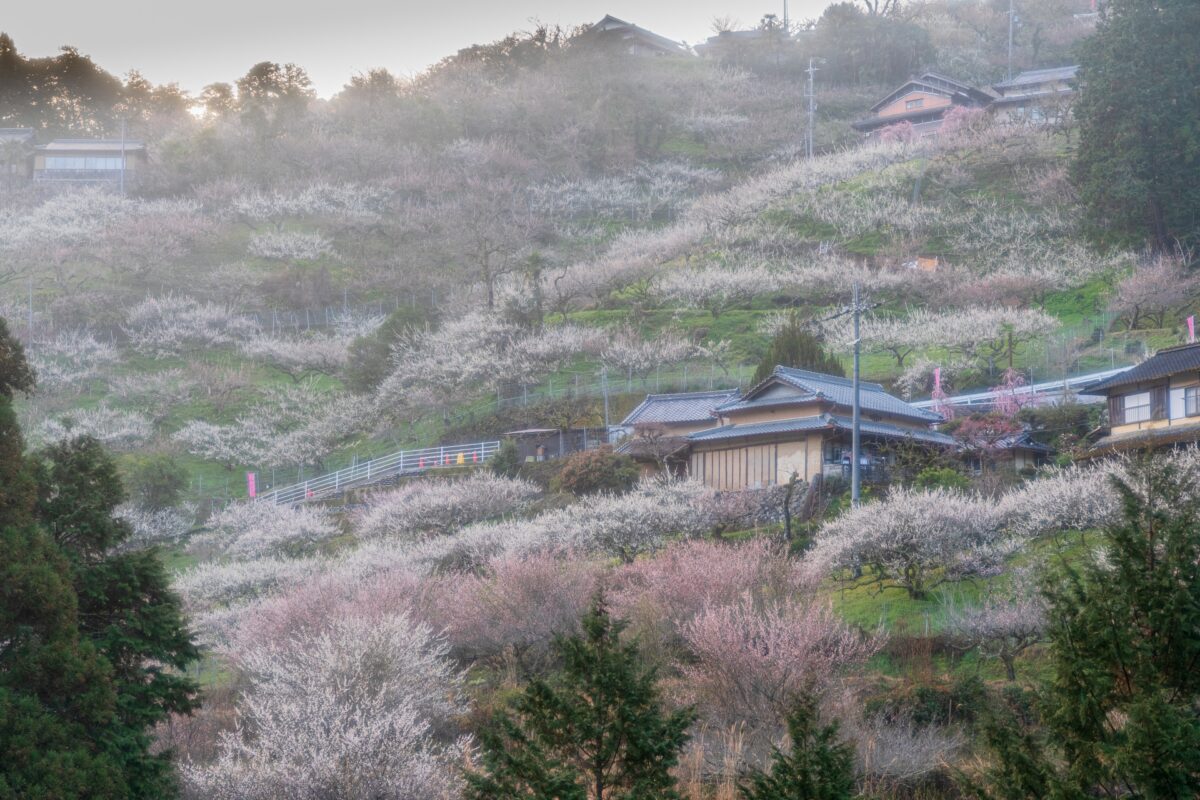
If you like spring flowers and plum trees in particular, Ano Plum Grove is another must-visit in Nara prefecture. The grove boasts about 20,000 plum trees, making it one of the largest plum groves in Japan. This grove has a long history and like the Tsukigase Plum Valley, has been included in many poems. The Ano Plum Grove was already mentioned in a poem written over 700 years ago. The best time to visit Ano Plum Grove is from late February to late March when the pink, white, and red plum flowers spread across the vast hillside and offer breathtaking scenery.
Access
It is about 20 min from JR Gojo Station by bus.
15. Nara National Museum
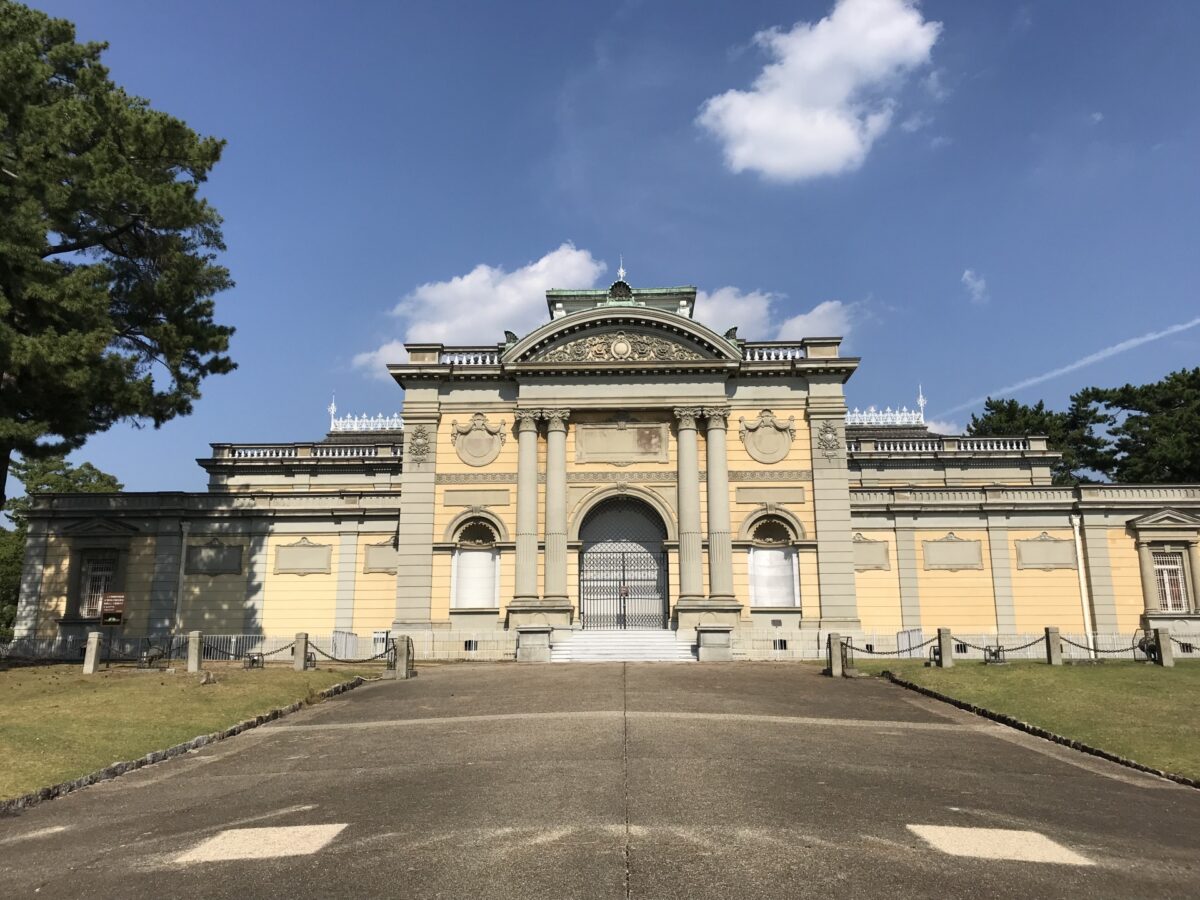
The Nara National Museum is an amazing museum with a focus on various different Japanese Buddhist art among other things. Dating back to 1889, the museum is still in its original form, making it a piece of history in itself. However, there have been a few additions over the years, including a new wing that connects to the main building by an underground passageway. The pieces in the museum include Buddhist statues, scrolls, paintings, and objects used in ceremonies from ancient Japan. Visiting this museum is a great way to learn a little more about the history of Nara and get a better idea of all of the historical landmarks you see throughout the area.
Access
The museum is located in Nara Park, which is just a 15 minute walk from Kintetsu Nara Station or a 30 minute walk from JR Nara Station.
Where to stay in Nara?
- Hotel New Wakasa
Enjoy this beautiful traditional Japanese ryokan with a spacious public bath and an amazing view of the city. - Tsukihitei
This ryokan is located in Kasugayama Primeval Forest and only three groups can stay at this ryokan for a day. Sometimes deer will welcome you at the entrance! - Kotonoyado Musashino
They offer you the bento box (packed meal) to have a breakfast at Mt. Wakakusa located in Nara Park, luxurious traditional Ryokan.
Popular tours in Nara
Nara Best Spots 8h Private Tour with Licensed Guide
Meet up at Kyoto Station, head to Nara, and explore around Nara with your knowledgeable guide. Nara has many historical backgrounds and stories which you will know only if you walk with a local guide. If you want to visit the must-see spots we listed in this article more time-efficiently with a guide, book a private tour with us!

We also offer a 6-hour private tour!
What did you think about Nara? Nara is probably best known for its Great Buddha and deer, but the prefecture offers much more. You can enjoy and learn a lot about Japanese history and culture as well as enjoy the lush green nature of Nara.
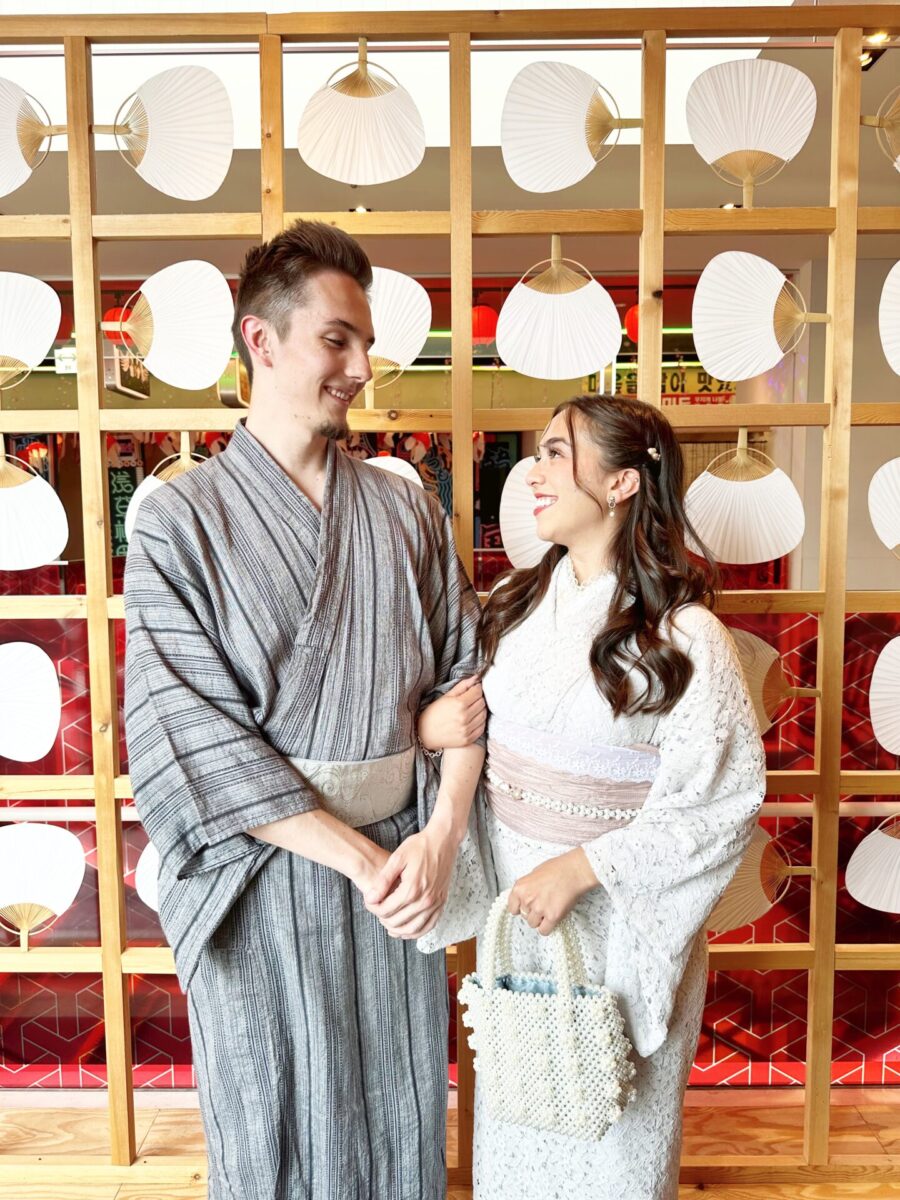
Kimono Rental is Available at Popular Tourist Attractions in Japan!
Discover Japan with a traditional Kimono from Kimono Rental Wargo! Explore cities or join festivals effortlessly starting from just ¥3,300. Our shops are conveniently located in Tokyo, Kyoto, Osaka, Kawagoe, and Kanazawa. Elevate your adventures with the elegance of the kimono and create unforgettable memories in Japan!
Follow us on Instagram or Facebook for more travel inspiration. Or tag us to get featured!
Happy traveling!
Other articles you might enjoy
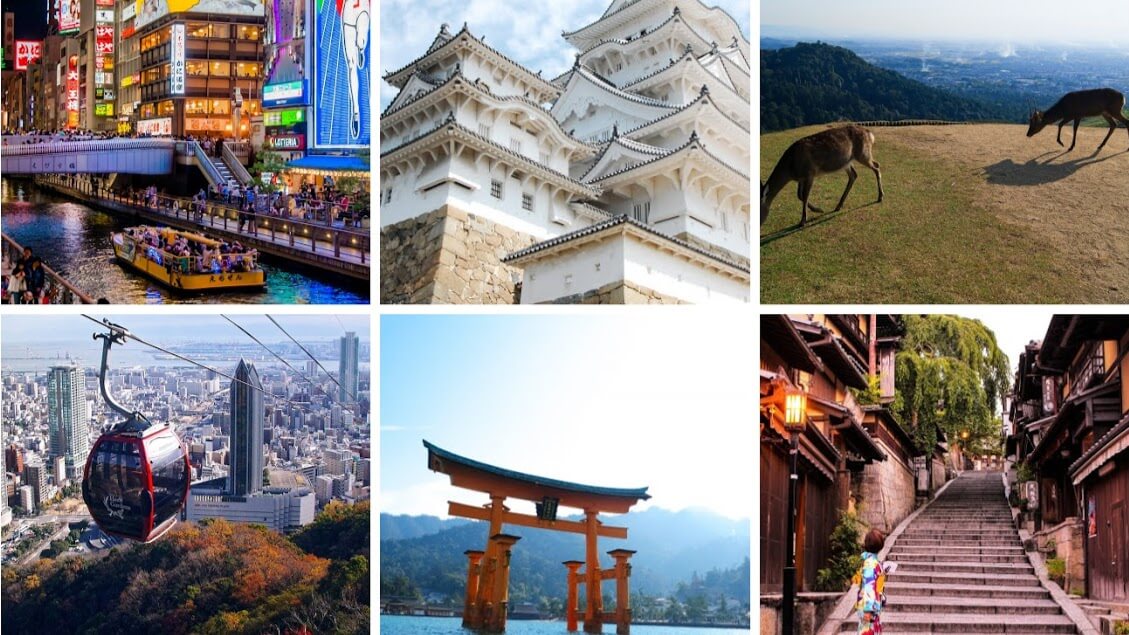
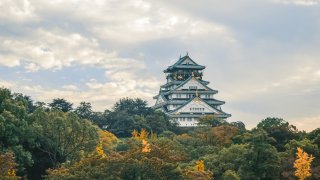
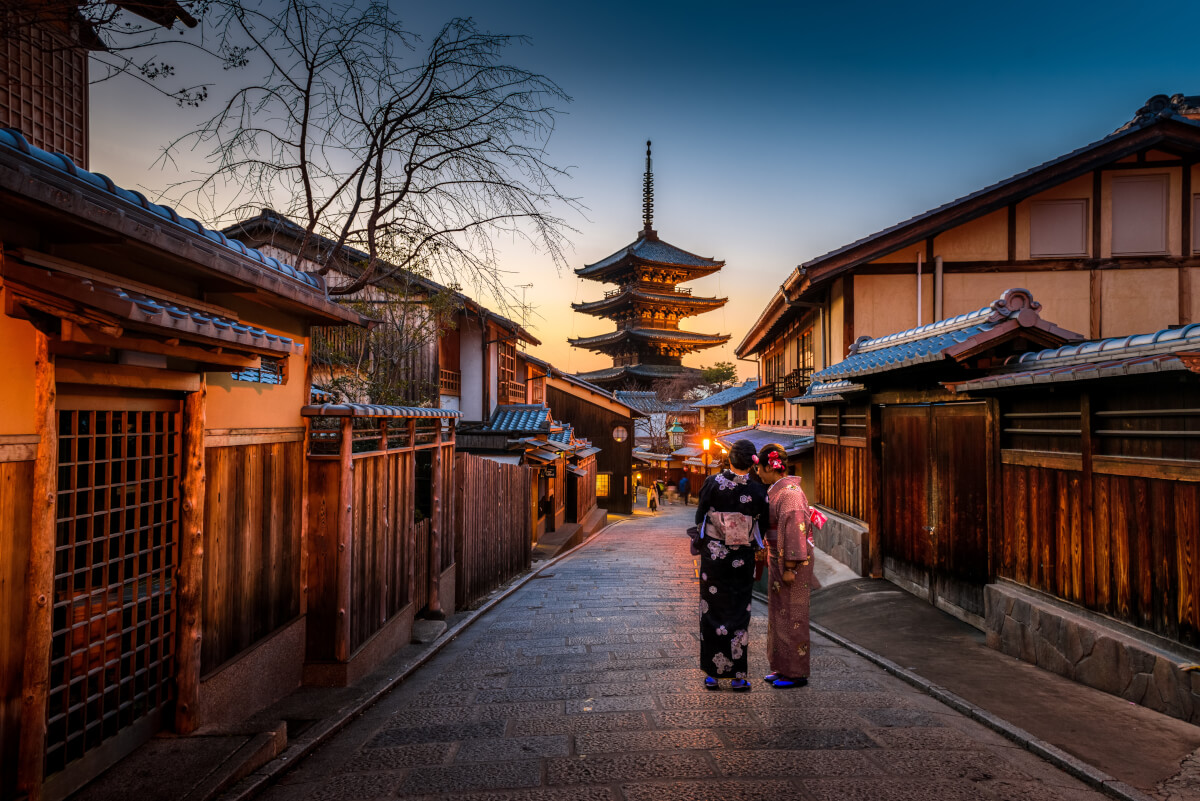
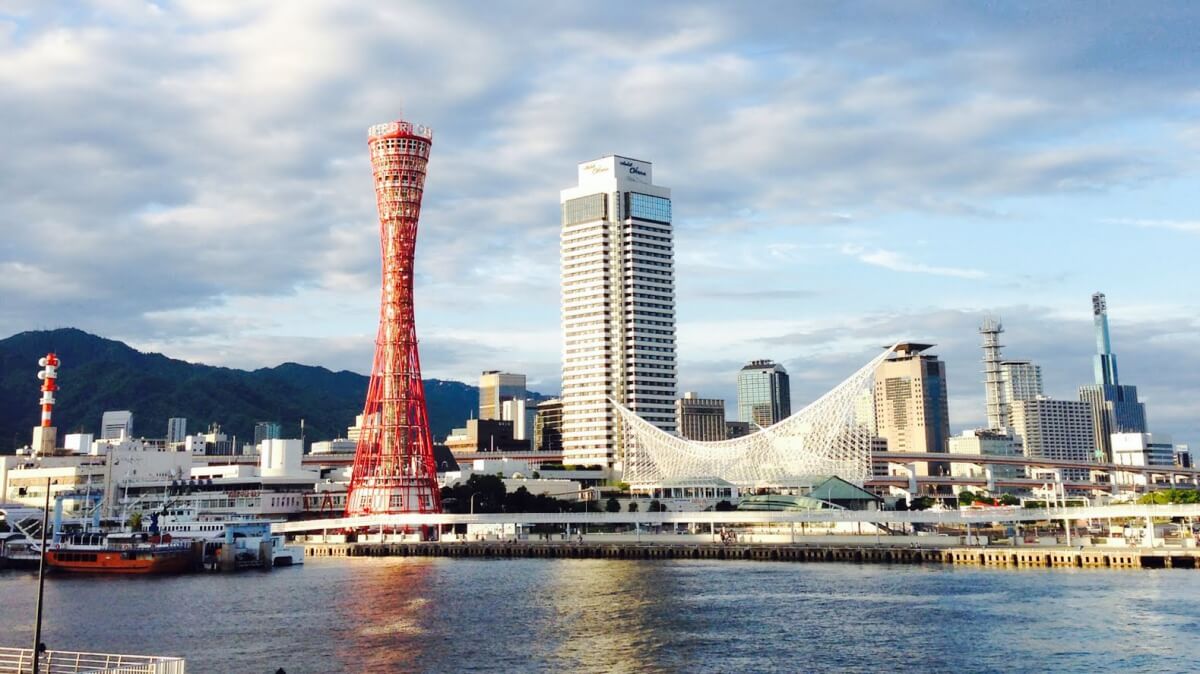
This post contains some affiliate links. When you click through and make a purchase we may receive some commission, at no extra costs to you.
